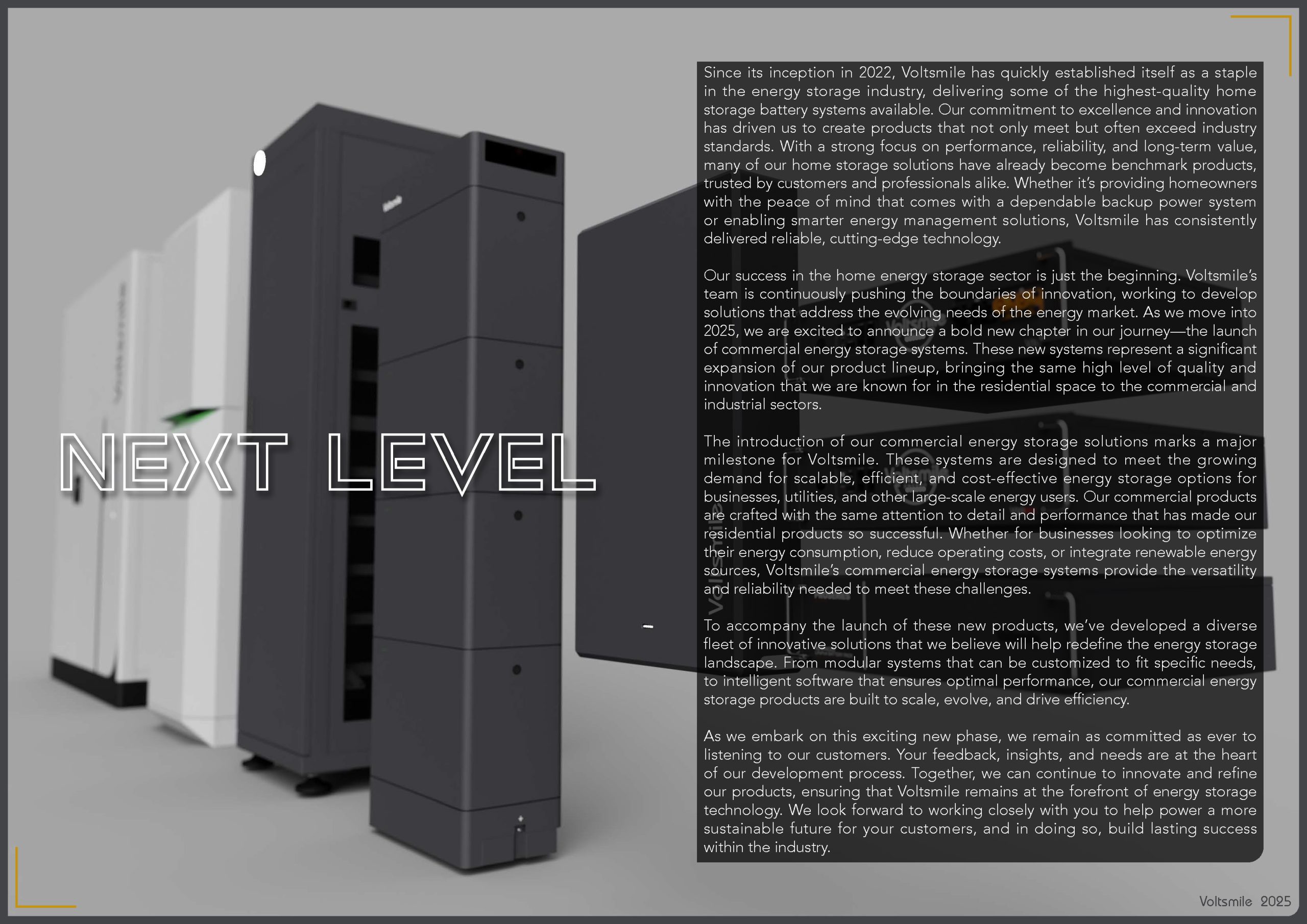What is the Most Energy-Efficient Storage? Exploring Cutting-Edge Solutions
Introduction: The Quest for Energy Efficiency in Storage Systems
As global energy demands rise and renewable energy adoption accelerates, finding the most energy-efficient storage solutions has become a top priority. Efficient storage systems minimize energy loss, maximize output, and support grid stability, making them essential for a sustainable future.
Voltsmile, a pioneer in high-efficiency energy storage, is developing technologies that optimize energy retention and reduce waste. In this article, we explore the best battery storage options and how they compare in terms of efficiency, cost, and sustainability.
Top Energy-Efficient Storage Technologies
1. Lithium-Ion Batteries: The Industry Standard
Lithium-ion batteries dominate the market due to their high energy density (90-95% efficiency) and fast-charging capabilities. They are widely used in:
- Residential solar storage
- Electric vehicles (EVs)
- Grid-scale applications
Voltsmile’s advanced lithium-ion solutions enhance efficiency with smart thermal management and AI-driven optimization.
2. Flow Batteries: Long-Duration & Scalable
Vanadium redox flow batteries (VRFBs) offer 80-85% efficiency and excel in long-duration storage, making them ideal for:
- Renewable energy farms
- Industrial microgrids
- Backup power systems
Unlike lithium-ion, flow batteries can scale capacity independently of power output, providing flexibility for large-scale deployments.
3. Solid-State Batteries: The Next Frontier
Emerging solid-state batteries promise higher efficiency (95%+) and improved safety by replacing liquid electrolytes with solid materials. Potential applications include:
- Aerospace and EVs
- High-performance electronics
- Military and medical devices
Voltsmile is investing in R&D to bring this technology to commercial viability.
4. Thermal Energy Storage: Harnessing Heat
Thermal systems, such as molten salt or phase-change materials, achieve 70-80% efficiency by storing excess energy as heat. They are particularly effective for:
- Concentrated solar power (CSP) plants
- Industrial heating processes
- District heating networks
Factors Influencing Storage Efficiency
- Round-Trip Efficiency: The percentage of energy retained after storage and retrieval (e.g., lithium-ion: 90-95%, lead-acid: 70-80%).
- Degradation Rate: How quickly a battery loses capacity over time.
- Temperature Sensitivity: Extreme heat or cold can reduce efficiency.
- Cycle Life: The number of charge-discharge cycles before performance declines.
Why Voltsmile Leads in Energy-Efficient Storage?
- Proprietary Battery Management Systems (BMS): Maximizes efficiency and lifespan.
- AI-Powered Optimization: Dynamically adjusts charging/discharging to reduce losses.
- Sustainable Materials: Focus on recyclable and low-impact components.
- Custom Solutions: Tailored systems for residential, commercial, and utility-scale needs.
The Future of Efficient Energy Storage
Innovations like solid-state batteries, gravity storage, and hydrogen hybrids could redefine efficiency standards. Voltsmile’s commitment to R&D ensures it remains at the cutting edge of sustainable energy storage.
Ready to upgrade to the most energy-efficient storage? Explore Voltsmile’s solutions today and join the clean energy revolution!

